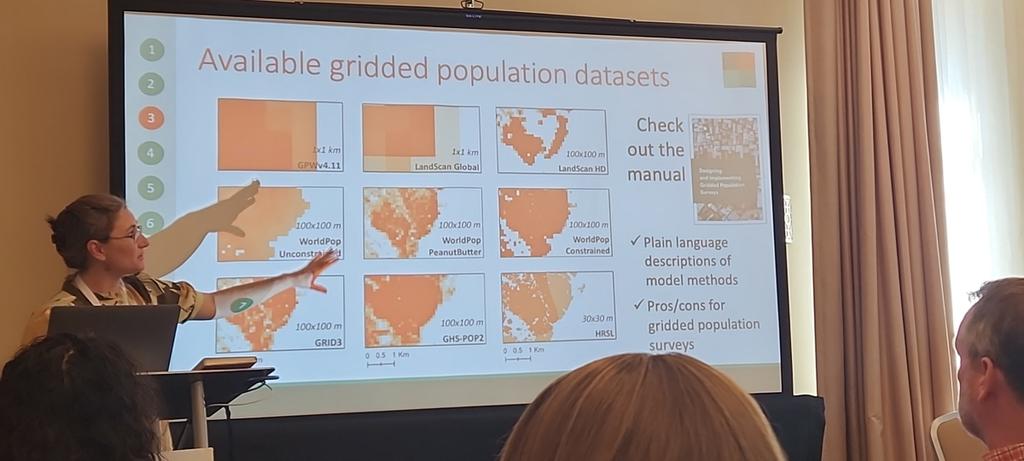Michelle Cavazos (RTI) talks about nonresponse bias in Address-Based Samples with an in-person nonresponse follow-up #AAPOR 

RQ's: Impact of NRFU on respondents' demographics and on study outcomes.
Sample design: stratified sample by response propensity, oversampling strata with lower propensities.
Choice+ methodology: higher incentive for responded answering survey on web rather than on paper questionnaire. Used 5 mails.
Subsampling if household with unknown eligibility after the Choice+ recruitment for the NRFU.
Response rates:
Choice+: 34.5%
In-person: 39.4%
Total: 59.7%
Choice+: 34.5%
In-person: 39.4%
Total: 59.7%
Demographic characteristics:
Sex: not many differences
Age: In-person NRFU helped bringing young adults (18-24), from3.7 % in Choice+ only to 5.8% with NRFU compared to a 10% in the population
Race: In-person NRFU brought more diverse sample
Sex: not many differences
Age: In-person NRFU helped bringing young adults (18-24), from3.7 % in Choice+ only to 5.8% with NRFU compared to a 10% in the population
Race: In-person NRFU brought more diverse sample
Education: In-Person NRFU brought more lower educated respondents to be more align with the general population.
Study outcomes:
Current tobacco use: In-person significantly higher rates if current tobacco use than Choice+; all respondents also significantly higher rates than Choice+ only
Current tobacco use: In-person significantly higher rates if current tobacco use than Choice+; all respondents also significantly higher rates than Choice+ only
Health care provider outcomes: significantly lower proportion of in-person respondents saw a health care provided in past 12 months than Choice+
Conclusion: In-person NRFU brought respondents less likely to respond to standard Choice+ recruitment (younger adults, less educated, people of color).)
There is nonresponse bias in most of important study outcomes when comparing all respondents with Choice+ only respondents.
There is nonresponse bias in most of important study outcomes when comparing all respondents with Choice+ only respondents.
@threadreaderapp compile unroll thread
• • •
Missing some Tweet in this thread? You can try to
force a refresh

 Read on Twitter
Read on Twitter












